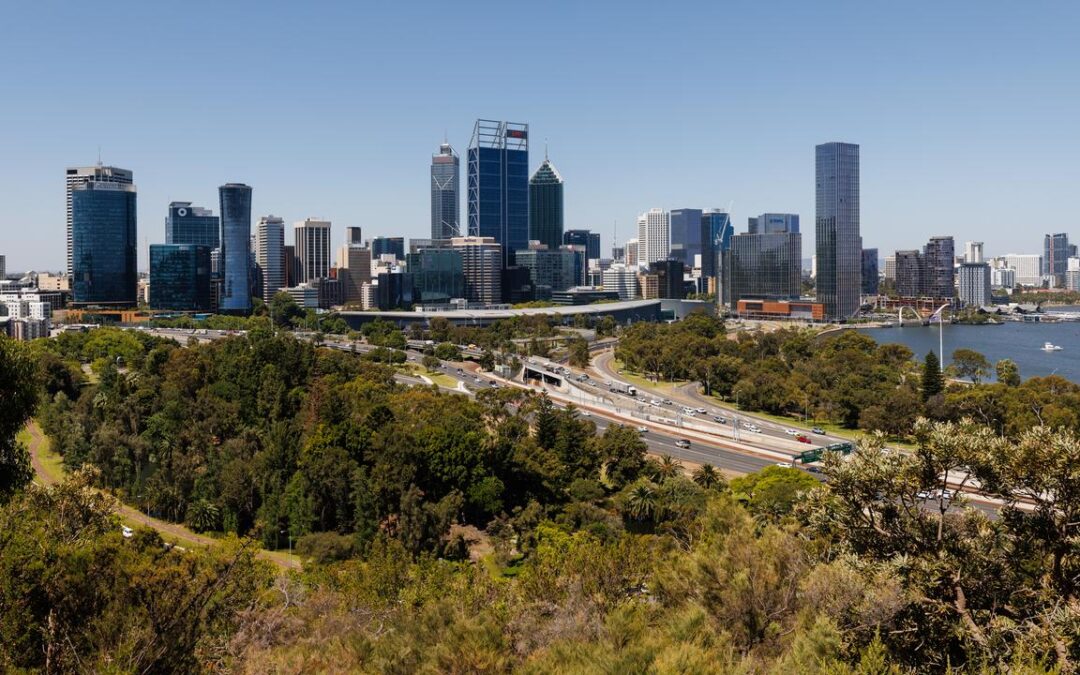
West is best economically as eastern states left behind
West is best again in economic circles but big gains made on the other side of the Nullarbor have surprised economists and left eastern states languishing.
A boost in housing construction has propelled South Australia to second position, above Queensland and Victoria, in CommSec’s latest State of the States report released on Monday.
Western Australia remains the nation’s top performer for the fourth straight quarter with strong returns on retail spending and business investment, but an upheaval could be on the horizon.
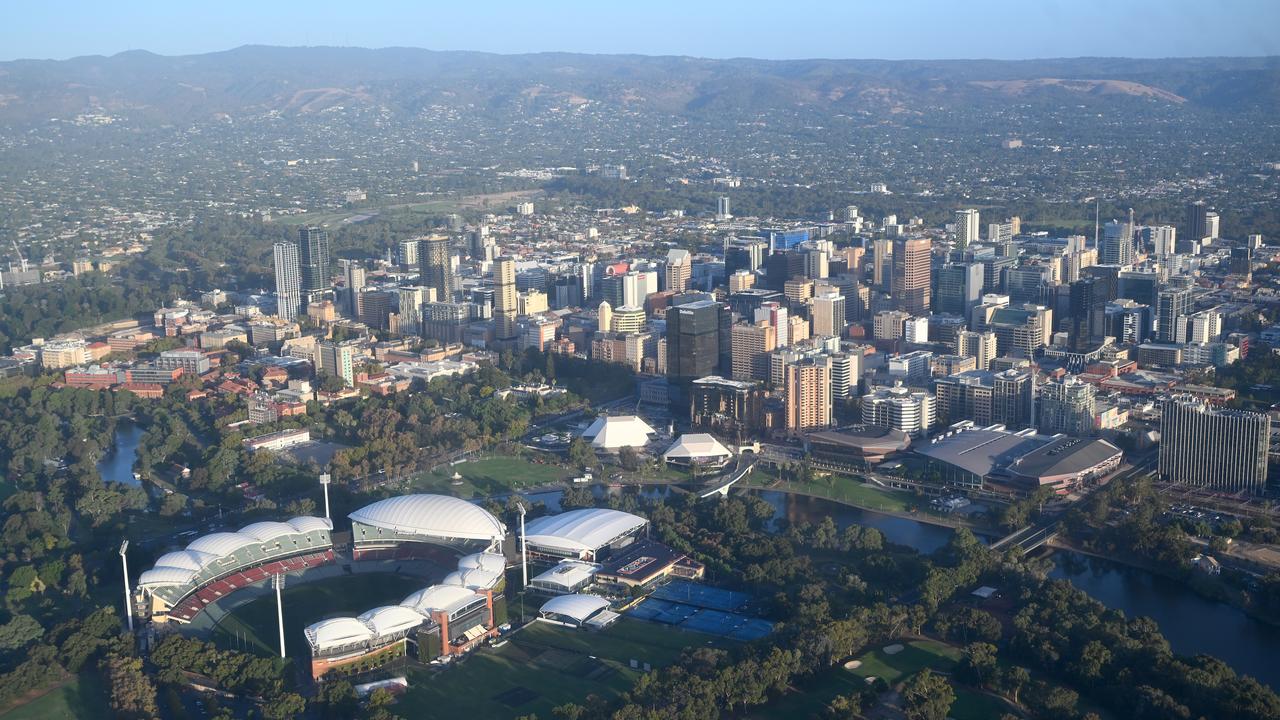
“We are seeing Western Australia lose a little bit of momentum,” CommSec chief economist Ryan Felsman told AAP.
“It’s been growing at a breakneck speed the last two or three years, and the reason for that is population growth has been the highest for some time.”
The report ranks Australian states’ economic performance based on eight key indicators including economic growth, retail spending, unemployment, population growth and dwelling commencements.
Some states, such as WA and Queensland, have natural resource advantages over the others, while smaller jurisdictions such as Tasmania and the Northern Territory have naturally lower economic capacity due to their smaller populations.
The report gauges how each state economy is performing relative to its long-term average.
Leading the nation in construction and dwelling starts propelled SA past the eastern states, where housing affordability problems continue.
Dwelling investment in NSW, Victoria and the ACT remains roughly the same as it was a decade ago, but Mr Felsman said general improvements in the economy should improve prospects nationwide.
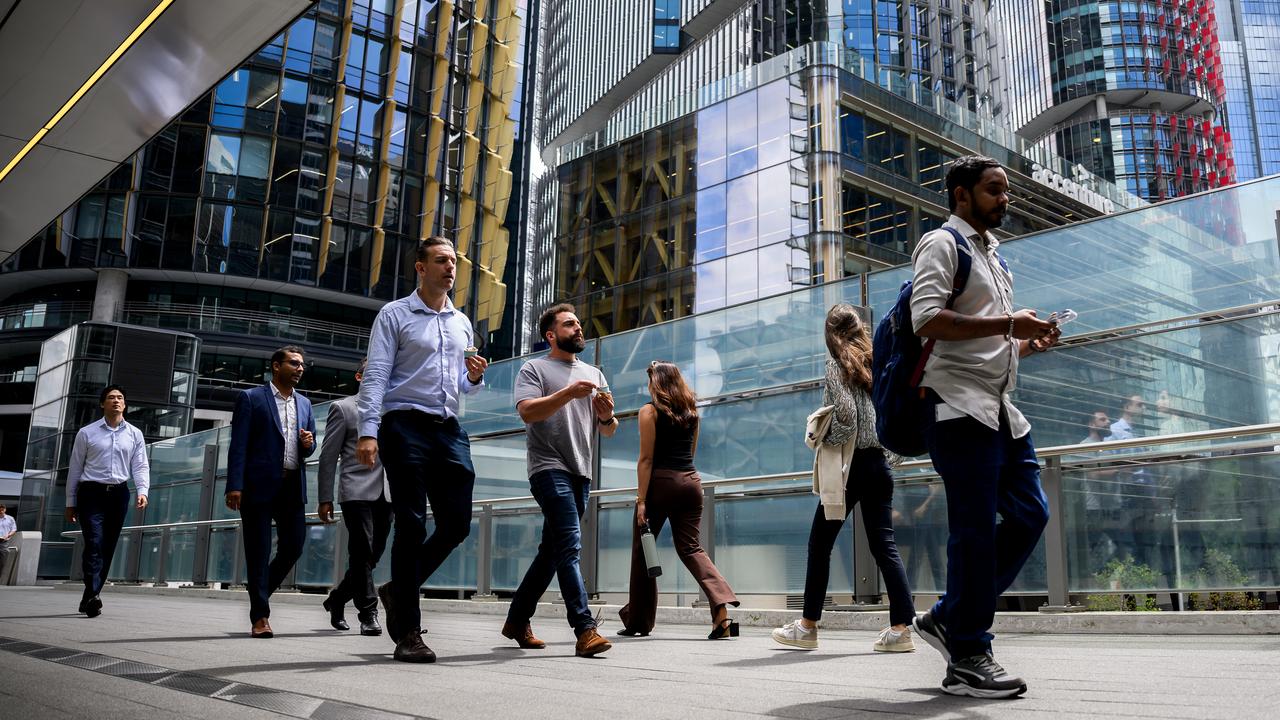
“Heavily mortgaged households are feeling the benefits of two interest-rate cuts, with more on the way,” he said.
“If you add to that better real wages growth, cost-of-living pressures are easing and that should lead to a pick-up in household consumption.”
Queensland maintained its third-place standing but its growth was hampered by reduced coal and agriculture exports due to the impacts of Tropical Cyclone Alfred.
Higher relative unemployment pushed Victoria from second to fourth, while Tasmania, NSW, the ACT and the Northern Territory rounded out the rankings respectively.
STATE OF THE STATES RANKINGS
1st: Western Australia, unchanged
2nd: South Australia, up from fourth
3rd: Queensland, unchanged
4th: Victoria, down from second
5th: Tasmania, unchanged
=6th: NSW, down from equal fifth
=6th: ACT, up from seventh
8th: Northern Territory, unchanged
* All changes compared to the CommSec April quarter report
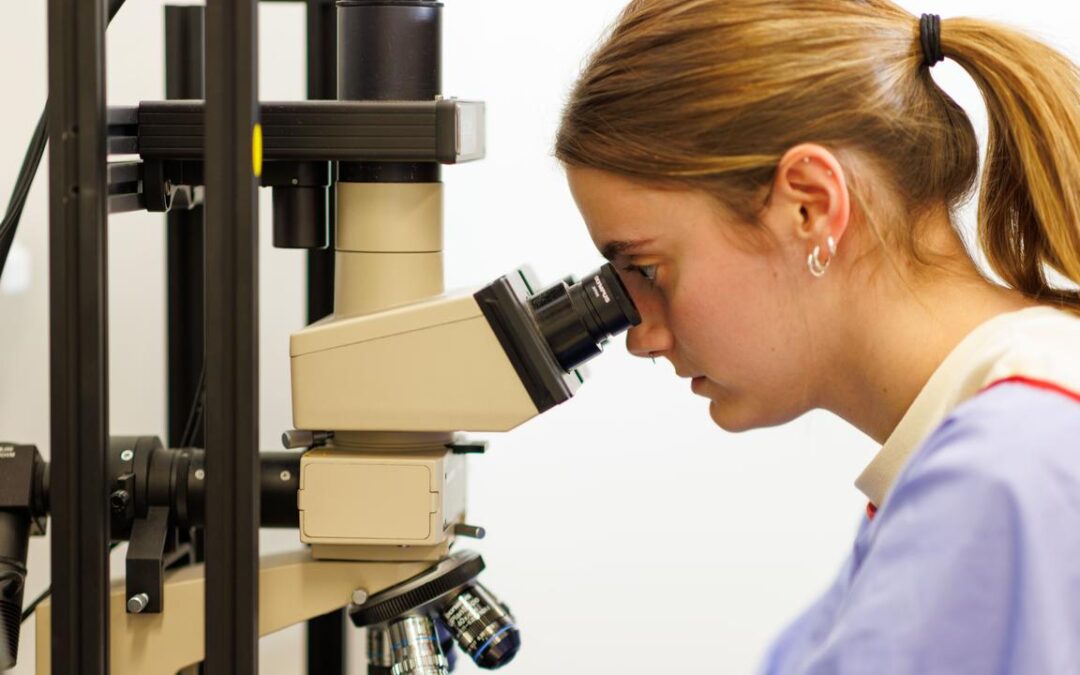
Aussies missing out on payoff from research investment
Australia is missing out on a $7 billion per year economic boon because it has failed to keep pace in the international research and development stakes, according to a new report.
Tax cuts and red tape have dominated discussions ahead of Treasurer Jim Chalmers’s economic roundtable.
But getting investment flowing back into technological innovation is critical to fixing productivity growth, said the Business Council of Australia, along with home-grown tech companies Cochlear and Atlassian, as they released a report by consulting firm Mandala on Monday.
Just by fixing research and development (R&D) policies and without increasing the burden on the budget, an extra 0.1 per cent could be added to productivity growth each year, they claimed.
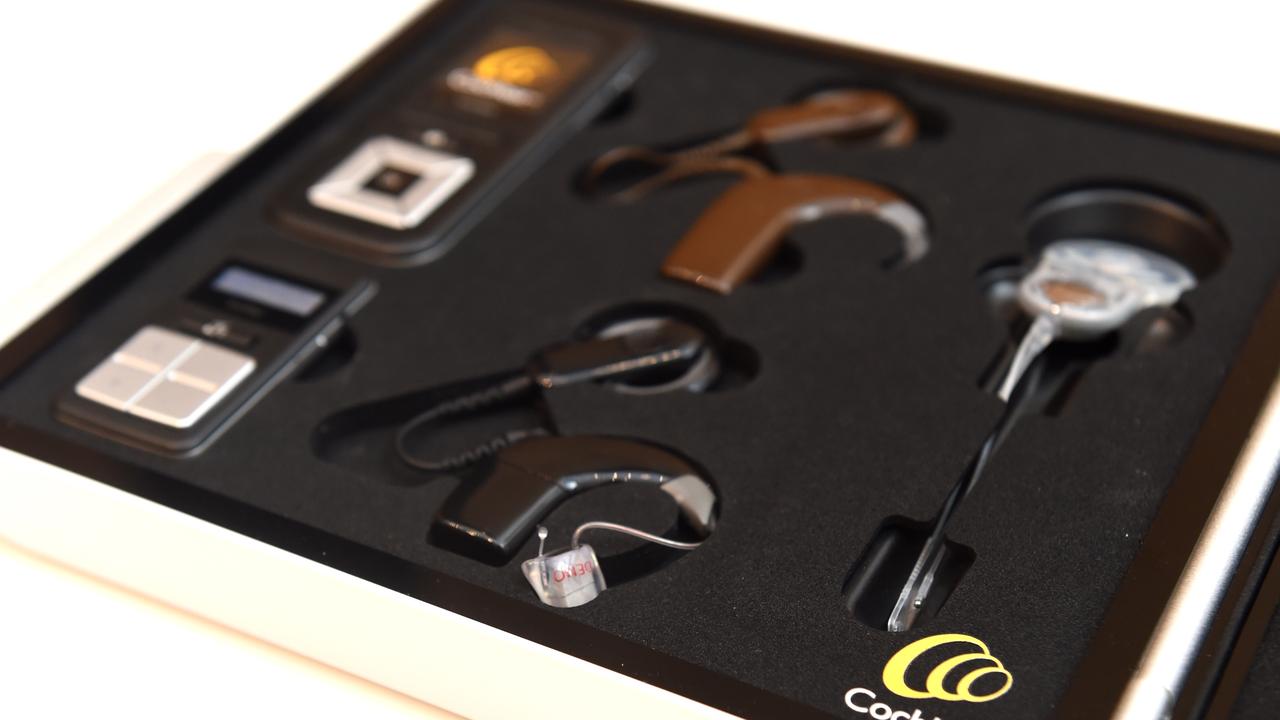
“Empowering businesses to make R&D investments is critical to making our economy more productive and innovative, and for delivering greater prosperity for all Australians,” said the organisation’s chief executive Bran Black.
But Australia has slid down the international rankings in the past decade, with large businesses’ R&D investment falling 24 per cent in that time.
The nation’s total R&D expenditure has fallen to 1.7 per cent of GDP, compared to the average of 2.6 per cent across peer economies.
The report highlights six tweaks that could once again make Australia a world leader in innovation and deliver $5 of value for every $1 spent by the government.
They include simplifying the tax incentive premium for R&D to a flat rate of 18.5 per cent, removing the existing tax incentive cap of $150 million, taxing profits from Australian innovations at a concessional 10 per cent rate, and incentivising collaboration between industry and research institutions.
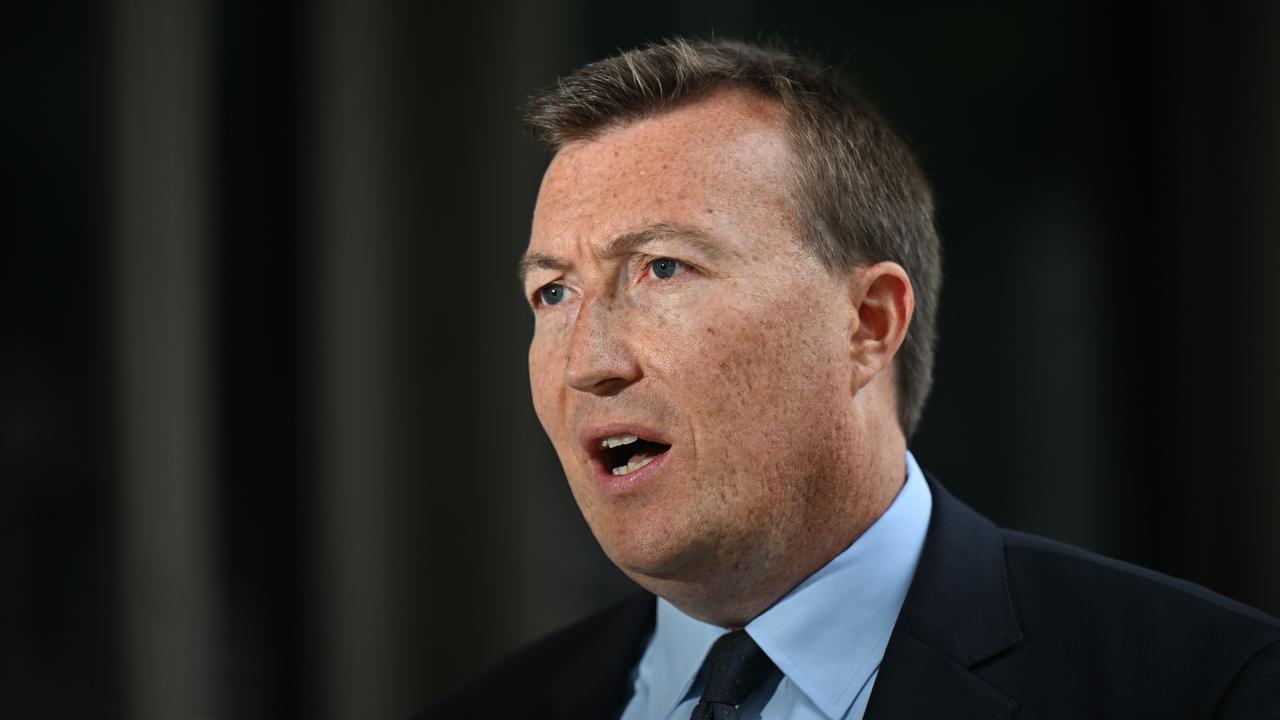
The report also called for streamlined reporting and compliance requirements to access the R&D tax incentive, and simplifying R&D grants for businesses by consolidating the various existing grants into fewer nationally significant programs.
Cochlear chief executive Dig Howitt said clear, well-funded strategies would capture the full value of local innovation and attract high-value global companies.
“Given that R&D and intellectual property are mobile, there are constant efforts by other nations to attract elements of Australian business’s value chain – particularly our innovation, IP development and manufacturing – offshore,” he said.
Atlassian chief of staff Amy Glancey said Australia has always been ideas rich but has fallen short in commercialising innovations and selling them to the world.
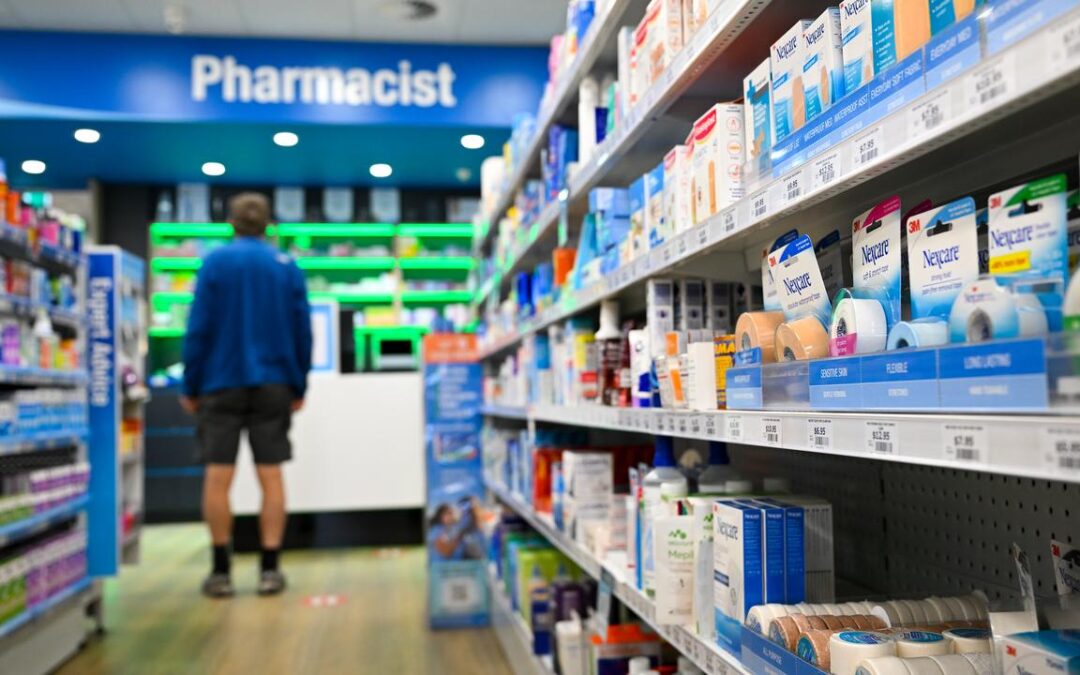
Major step towards cutting maximum medicine cost to $25
Australians will pay no more than $25 for selected medicines for the first time in more than 20 years under a proposal to be brought before parliament.
It will be the second cap on medicines on the Pharmaceutical Benefits Scheme (PBS) introduced by the Albanese government in three years, after it cut the maximum price of PBS prescriptions from $42.50 to $30.
“The size of your bank balance shouldn’t determine the quality of your health care,” Prime Minister Anthony Albanese said.
“My government will continue to deliver cost-of-living relief for all Australians.”

PBS medicines would be capped at $7.70 for pensioners and credit card holders until 2030.
The bill’s introduction is largely a formality, with its passage through the lower house all but assured thanks to Labor’s massive 94-seat majority in the 150-seat House of Representatives.
The election promise is the Albanese government’s next priority after it introduced childcare safety and HECS debt reduction legislation.
Federal Labor has been talking up plans to strengthen the PBS amid concerns the scheme will be targeted as a bargaining chip in US trade negotiations to ward off threatened pharmaceutical tariffs.
Mr Albanese has repeatedly said the scheme was not up for negotiation.
Australia eased its biosecurity restrictions on US beef imports last week, but the prime minister has denied the move was linked to US trade talks, noting it followed a 10-year review of Australian biosecurity rules.
Beyond new legislation, conflict in the Middle East will likely prompt fierce debate on the parliamentary floor after Mr Albanese said Israel had breached international law by blocking the flow of food aid into Gaza.

“Quite clearly, it is a breach of international law to stop food being delivered, which was a decision that Israel made in March,” Mr Albanese said on ABC’s Insiders program on Sunday.
He stopped short of saying Australia would join France in recognising a Palestinian state, but said his government would decide at “an appropriate time”.
“Hamas can have no role in a future state,” he said.
“Hamas are a terrorist organisation who I find, their actions are abhorrent.”
Opposition foreign affairs spokeswoman Michaelia Cash said Mr Albanese failed to adequately condemn the role of the group in the ongoing conflict.
The government is also likely to come under pressure regarding transparency when parliament resumes, after a Centre for Public Integrity probe revealed only a quarter of freedom of information request responses returned by the government in 2023-24 were un-redacted.
By comparison, the Morrison government returned almost half of its FOI requests as complete documents in 2021-22.
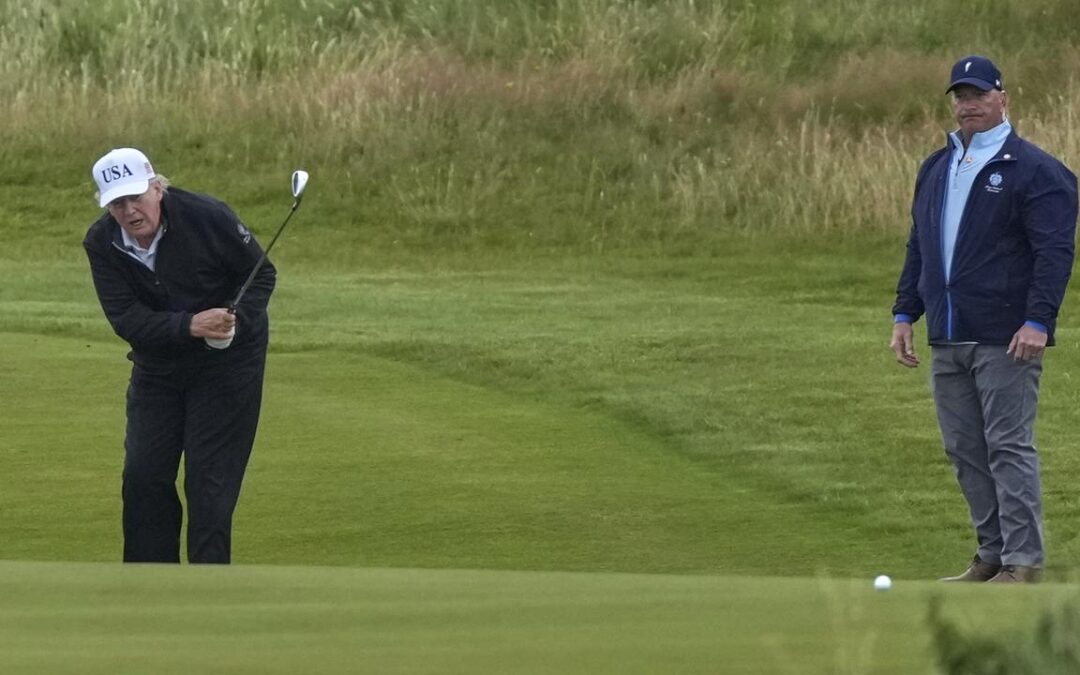
Trump, EU’s von der Leyen to meet to clinch trade deal
European Commission President Ursula von der Leyen is set to meet US President Donald Trump to clinch a trade deal for Europe that would likely see a 15 per cent baseline tariff on most EU goods, but end months of uncertainty for EU companies.
Before the meeting, expected at 1530 GMT Sunday (0130 AEST Monday) on Trump’s golf course in Turnberry, western Scotland, US and EU teams were in final talks on tariffs for crucial sectors like cars, steel, aluminium or pharmaceuticals.
US Trade Representative Jamieson Greer and Commerce Secretary Howard Lutnick flew to Scotland on Saturday and EU Trade Commissioner Maros Sefcovic arrived on Sunday morning.
Lutnick told “Fox News Sunday” that the EU needed to open its markets for more US exports to convince Trump to reduce a threatened 30 per cent tariff rate that is due to kick in on August 1.
“The question is, do they offer President Trump a good enough deal that is worth it for him to step off of the 30 per cent tariffs that he set,” Lutnick said, adding that the EU clearly wanted – and needed – to reach an agreement.
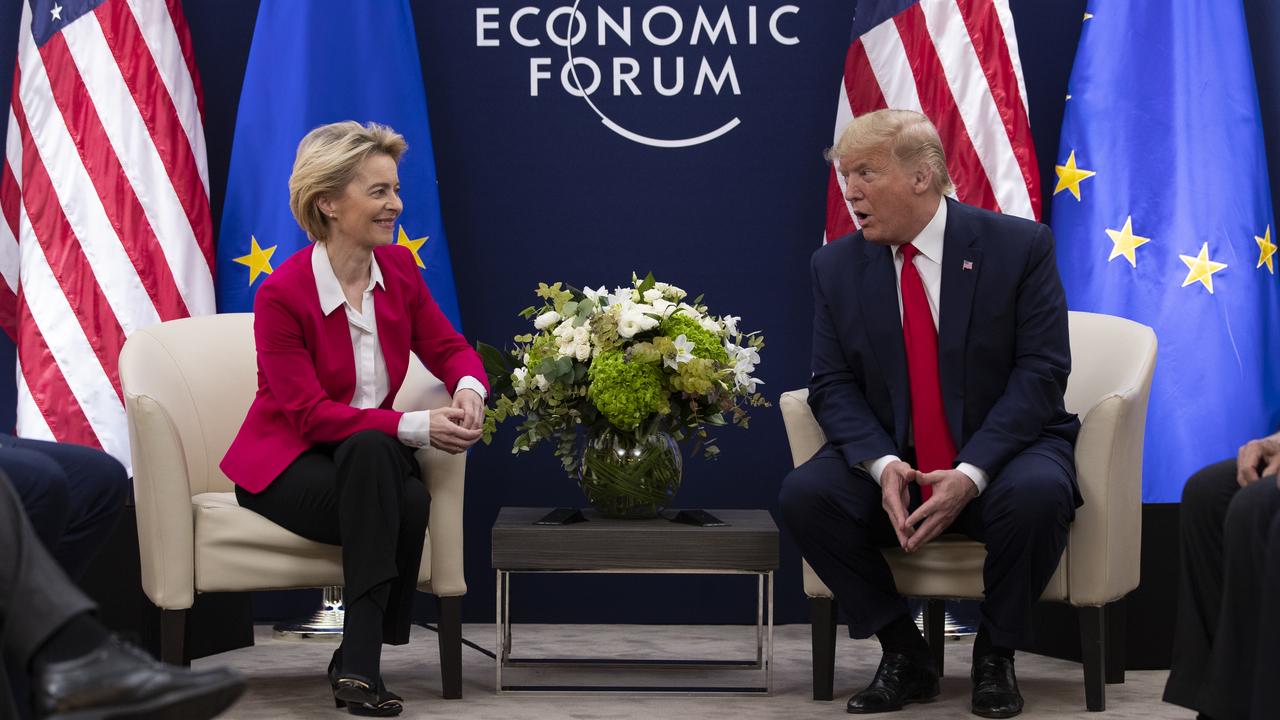
A separate U.S. administration official was upbeat that a deal was possible. “We’re cautiously optimistic that there will be a deal reached,” the official said, speaking on condition of anonymity. “But it’s not over till it’s over.”
Ambassadors of EU governments, on a weekend trip to Greenland organised by the Danish presidency of the EU, held a teleconference with EU Commission officials on Sunday to agree on the amount of leeway von der Leyen would have in the talks.
In case there is no deal and the U.S. imposes 30 per cent tariffs from August 1, the EU has prepared counter-tariffs on 93 bn euros ($A164 bn) of US goods.
EU diplomats have said a deal would likely include a broad 15 per cent tariff on EU goods imported into the US, mirroring the U.S.-Japan trade deal, along with a 50 per cent tariff on European steel and aluminium for which there could be export quotas.
The EU deal would be a huge prize, given that the US and EU are each other’s largest trading partners by far and account for a third of global trade.
EU officials are hopeful that a 15 per cent baseline tariff would also apply to cars, replacing the current 27.5 per cent auto tariff.
Some expect the 27-nation bloc may be able to secure exemptions from the 15 per cent baseline tariff for its aerospace industry and for spirits, though probably not for wine.
The EU could also pledge to buy more liquefied natural gas from the US, a long-standing offer, and boost investment in the United States.
The US president, in Scotland for a few days of golfing and bilateral meetings, told reporters upon his arrival on Friday evening that von der Leyen was a highly respected leader and he was looking forward to meeting with her.

Australia-UK treaty unlikely to sink subs deal with US
Cold water has been poured on suggestions a long-term Australian-British pact could put American noses out of joint as it revisits a major submarine deal.
Deputy Prime Minister Richard Marles and UK Secretary of State John Healey have inked a 50-year agreement to strengthen ties around the AUKUS nuclear submarine agreement.
AUKUS, formed with the UK and US in 2021 amid China’s rising military ambition, is designed to enable Australia to build and deliver its own nuclear-powered attack submarines in the early 2040s.
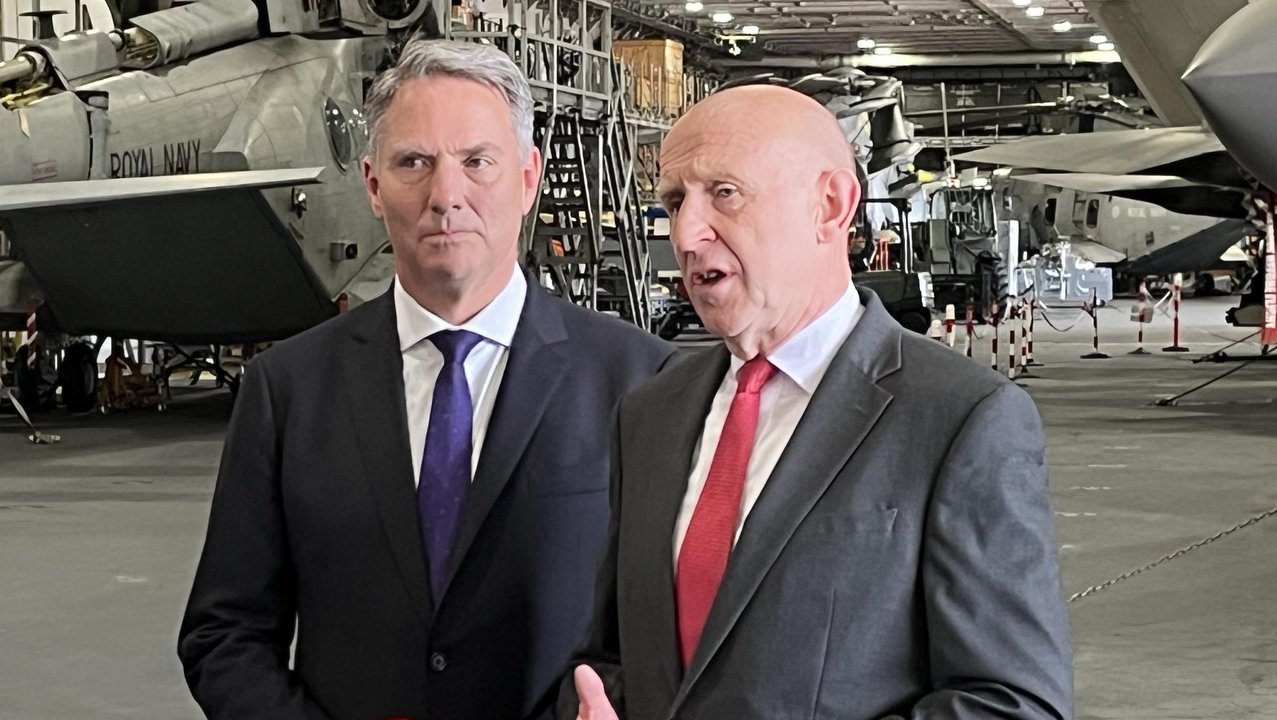
But the future of the $560 billion deal has been under a cloud since the Trump administration initiated a 30-day review to examine if it meets its “America-first” criteria.
Mr Marles expressed confidence about the US’s ongoing involvement in the partnership, a sentiment echoed by Mr Healey and UK Foreign Secretary David Lammy.
Trade Minister Don Farrell denied the so-called Geelong treaty risked annoying the US, arguing it did the opposite.
“The message that the Americans will get out of this is that the other two parties to AUKUS are very, very supportive of the continuation of the project,” he said.
The coalition has backed the bilateral agreement but opposition foreign affairs spokeswoman Michaelia Cash said it raised questions.
“Was the US brought in on this? Did they know about it? What was their response to it?” she said.
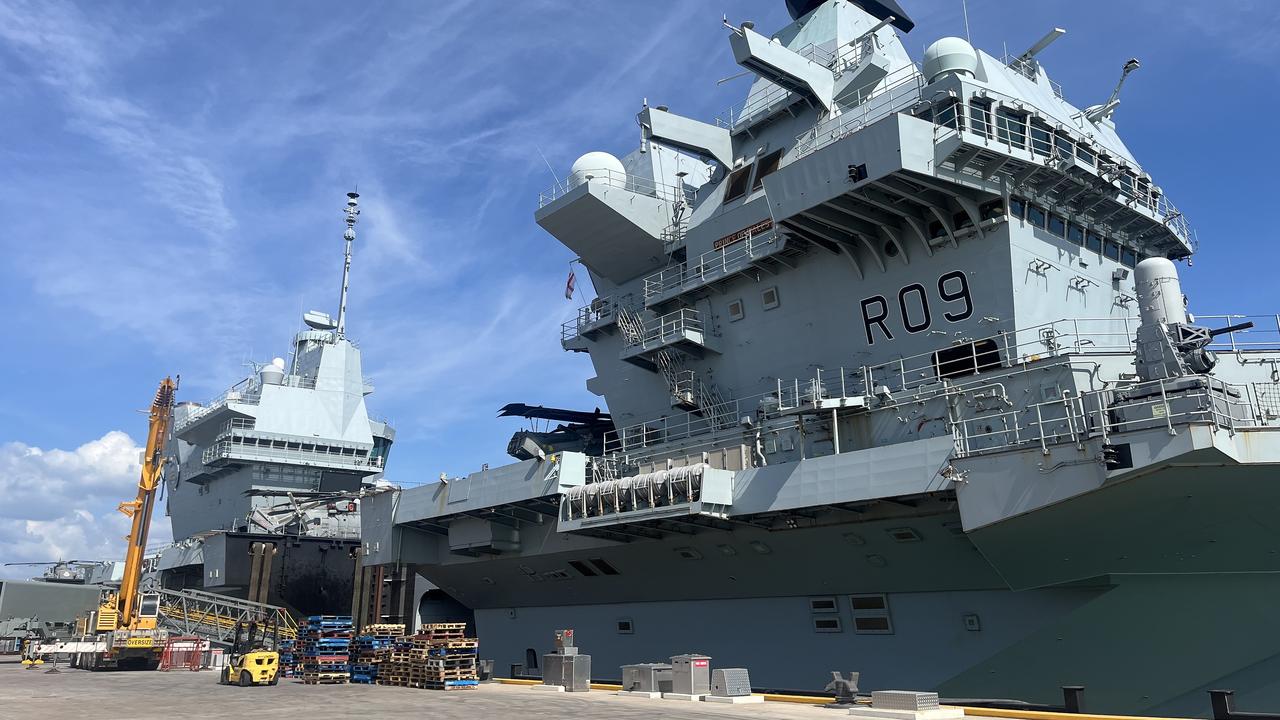
Maritime security expert Jennifer Parker, who served for more than 20 years with the Royal Australian Navy, said media and commentators were “reading way too much” into the timing of the treaty.
She noted the bilateral agreement was first announced at a trilateral AUKUS meeting in the UK in September, attended by the then-US Secretary of Defense Lloyd Austin.
“It’s the hard work of nine months of treaty negotiations to end up in this spot,” the Australian National University expert associate told AAP.
“The announcement, in the midst of the US review, is helpful to stabilising some of the conversation around AUKUS.”
Although details of the treaty will remain sheltered from public view until it is tabled in federal parliament, Ms Parker said it seemed to deal with elements of AUKUS likely to differ from the US review.
The treaty appeared to primarily focus on phase three of the trilateral deal, which includes the UK transferring nuclear-powered submarine capability to Australia with US permission.
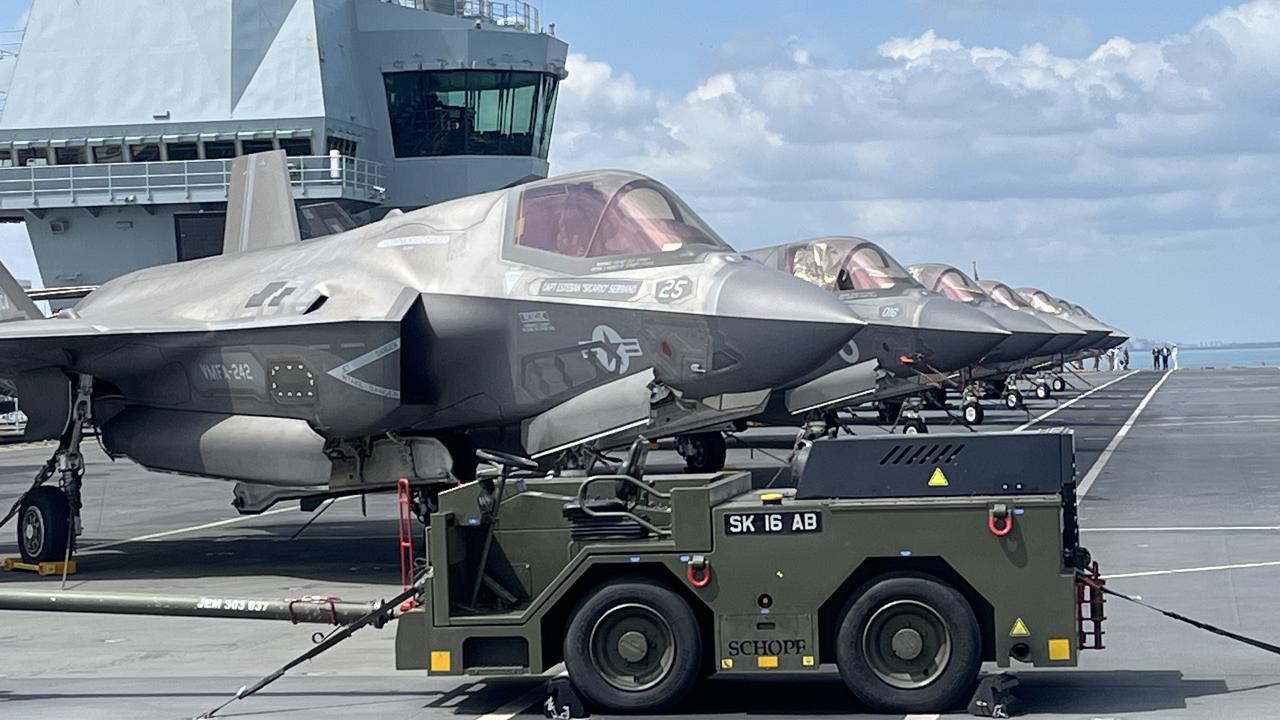
Australia will pay $5 billion to support British industry in designing and producing nuclear reactors to power the future AUKUS-class subs.
It is separately slated to acquire at least three Virginia-class nuclear-powered submarines from the US in the early 2030s.
Ms Parker said the US review was unlikely to be “catastrophic” for AUKUS as it was significantly in its interest.
But she acknowledged there could be some “tweaks around the edges”.
“We know the current US administration wants to put their own stamp on each deal,” the defence analyst said.
“I don’t think they will, but if the US refuse to sell us submarines in the 2030s, that doesn’t mean AUKUS has failed.
“It means there’s a capability gap between Australia’s building of SSNs (Australia’s nuclear-powered submarines) and the phase-out of the Collins class.”
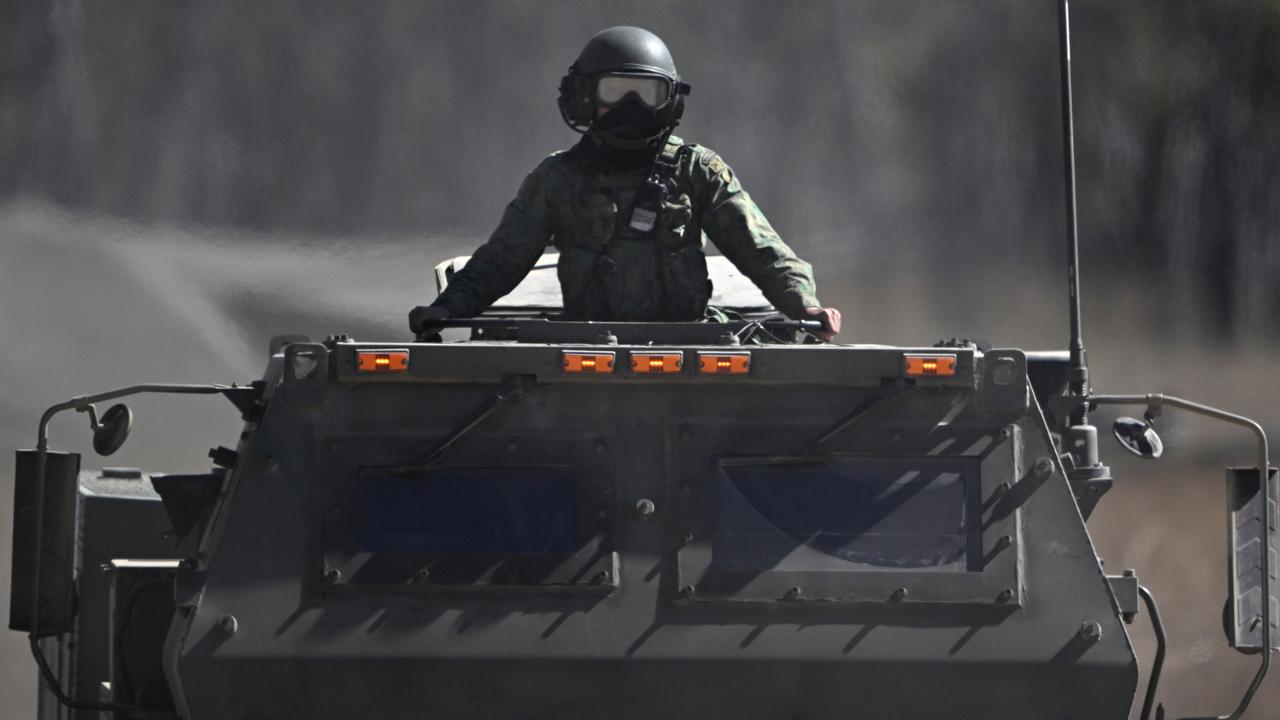
With signing formalities done and dusted, Mr Marles, Mr Healey, Mr Lammy and Australian Foreign Minister Penny Wong toured the HMS Prince of Wales in Darwin amid Talisman Sabre exercises.
The war games, which began on July 13, encompass more than 35,000 personnel from 19 militaries across three weeks.
The HMS Prince of Wales is the first UK aircraft carrier to visit Australia since 1997.
“As threats are increasing, partnerships like the UK and Australia matter more than ever,” Mr Healey told reporters on Sunday.
“By exercising together and being more ready to fight, we deter better together.”

‘Heartbroken’ PM says Israel breached international law
Israel has “quite clearly” breached international law by limiting food deliveries to starving civilians in Gaza, Anthony Albanese has declared in a notable escalation of his criticism of the Jewish state.
The prime minister spoke of his emotional response to images of gaunt and dying children in the Palestinian territory, while acknowledging increased airdrops of aid by Israel was “a start”.
“It just breaks your heart,” he told ABC’s Insiders on Sunday.

“A one-year-old boy is not a Hamas fighter, and the civilian casualties and deaths in Gaza is completely unacceptable. It’s completely indefensible.
“Quite clearly it is a breach of international law to stop food being delivered, which was a decision that Israel made in March. It’s a breach of decent humanity and of morality, and everyone can see that.”
Australian National University Professor Donald Rothwell, a leading expert in international law, said he could not think of a previous example of an Australian prime minister making such a direct and clear statement concerning Israel.
“It’s rather exceptional that an Australian prime minister would make such a clear comment about a breach of international law by another state,” he told AAP.
He said while unprecedented, Mr Albanese’s claim did not appear to be without merit.

“I’m always very cautious to comment about this, but all I can say is that the evidence that I see on my television screen is fairly compelling,” Prof Rothwell said.
Not only were Gazans suffering from a lack of food, but dangerous conditions around aid points had resulted in desperate civilians being shot and killed as they sought support, Medecins Sans Frontieres Australia executive director Jennifer Tierney said.
“We are seeing one in four people in our clinics who are malnourished,” she told ABC News.
Ms Tierney urged Australians horrified by the scenes in Gaza to get in touch with their MPs and let their feelings be heard.
Thousands of protesters turned out in Sydney on Sunday to highlight the threat of mass starvation facing two million Gazans and call for the Australian government to sanction Israel.

Prof Rothwell said the effectiveness of Mr Albanese’s statement on its own would be limited, but repeating the claim in front of the UN General Assembly in September or pursuing economic sanctions against Israel could carry greater weight.
Despite his growing criticisms of Israel, Mr Albanese said Australia would not follow the lead of France in “imminently” recognising Palestinian statehood at the General Assembly.
Any resolution would need to guarantee Hamas, the de facto ruling authority in Gaza listed as a terrorist organisation by Australia, had no part in Palestine’s future, he said.
“We need security for the state of Israel, but you need to have the legitimate aspirations of the Palestinians for their own state realised as well,” Mr Albanese said.
“That will mean security arrangements, it will need agreements as well about the rebuilding of Gaza and the West Bank. It will need the issue of settlements to resolve as well.”

Recognising a Palestinian state as part of a two-state solution in the Middle East is included in Labor’s national platform.
“Are we about to imminently do that? No, we are not,” Mr Albanese said.
“But we will engage constructively. The United States as well will have a critical role in this. They have to play a role.”
Mr Albanese once again called for an immediate ceasefire and for Gaza to release Israeli hostages.
But opposition foreign affairs spokeswoman Michaelia Cash said the government had failed to lay the blame for the war at the feet of Hamas in a statement condemning Israel’s denial of aid.

The piece of data that could decide next rate decision
Traders, economists and mortgage holders will be locked into the Australian Bureau of Statistics website this week for a piece of data that could determine whether the Reserve Bank cuts interest rates next month.
Minutes from the RBA board’s last meeting confirmed the central bank was holding out for more signs inflation was on track before cutting again, highlighting the importance of Wednesday’s quarterly consumer price index.
AMP chief economist Shane Oliver believes an annualised result of 2.8 per cent or below for the RBA’s preferred trimmed mean measure would clear the way for another rate cut in its August 11-12 meeting.
But anything higher and we could be in for another hold.

Dr Oliver predicts the trimmed mean will come in at 2.6 per cent year-on-year, down from the 2.9 per cent figure in the March quarter and close to the midpoint of the RBA’s 2-3 per cent target range.
“Expect solid increases in prices for clothing, health and travel with a modest rise in new dwelling costs offset by softness in transport and petrol prices, communication, education and insurance,” he wrote in a research note.
“However, as the RBA has noted, some of the components in the recent monthly CPI suggest upside risk to the trimmed mean inflation.”
The market consensus is for a rise of 2.7 per cent, which would be higher than the RBA’s forecast of 2.6 per cent. Even higher than that and it could cause the market to rethink its near certain odds of an August rate cut.
“The money market sees a 98 per cent chance of an August rate cut, which is probably a bit too high,” Dr Oliver said.
“We would put it at around 80 per cent.”
On Thursday, economists will gorge on a feast of data as the ABS releases retail trade, building approvals and international trade price figures.
The retail print is the last the bureau will produce before it switches over to a more comprehensive measure of consumption, the monthly household spending indicator.
“Appropriately, monthly sales look set for one ‘last hurrah’ with the June update expected to see a robust one per cent gain – the best monthly result since Jan 2024,” said economists from Westpac.

But the gain mainly reflects a bounce back from soft sales in previous months, they said, as consumers struggle to gain momentum following the loss of purchasing power during the post-pandemic inflation spike.
Property analytics firm Cotality will update its home value index on Friday, with prices expected to continue to be propelled upwards as falling interest rates boost buyer demand.
Investors on Wall Street are meanwhile optimistic the US will soon reach a trade deal with the European Union.
Indices notched record high closes on Friday ahead of European Commission President Ursula von der Leyen’s meeting with Donald Trump in Scotland on Sunday.
The S&P 500 climbed 0.40 per cent to end the session at 6,388.64 points. The Nasdaq gained 0.24 per cent to 21,108.32 points and the Dow Jones Industrial Average rose 0.47 per cent to 44,901.92 points.
Australian share futures were down 5.0 points, or 0.05 per cent, to 8,360.
The benchmark S&P/ASX200 index on Friday dropped 42.5 points, or 0.49 per cent, to 8,666.9, while the broader All Ordinaries was down 45.1 points, or 0.5 per cent, to 8,934.3.